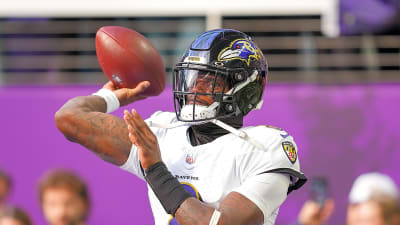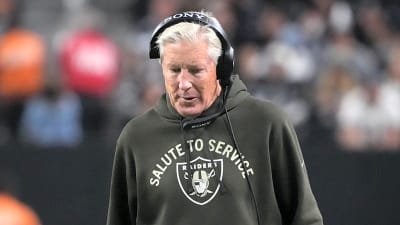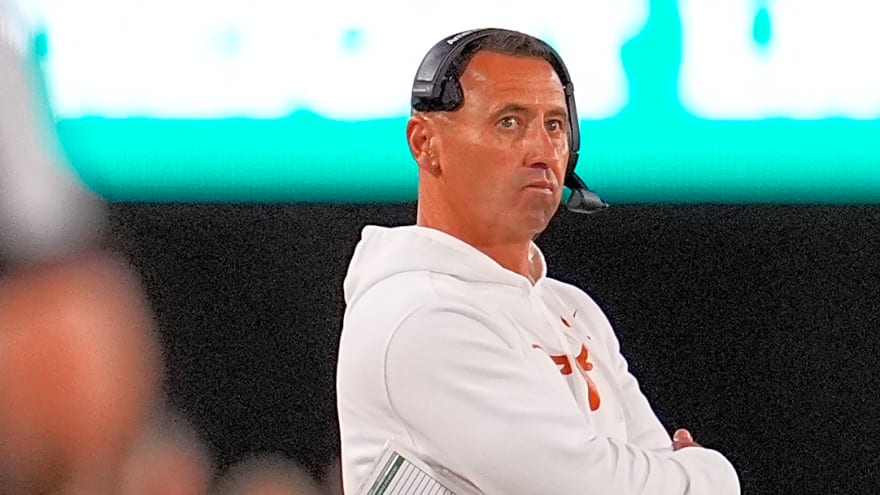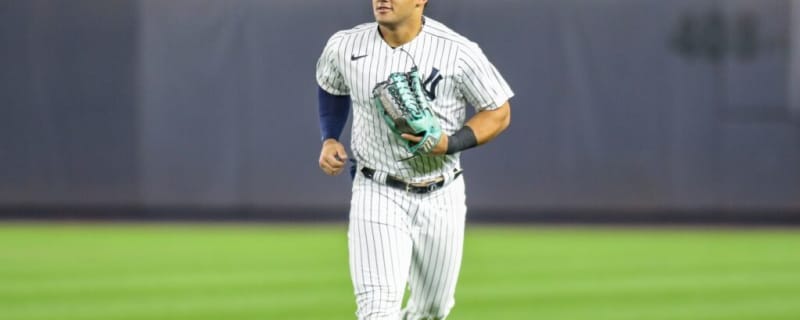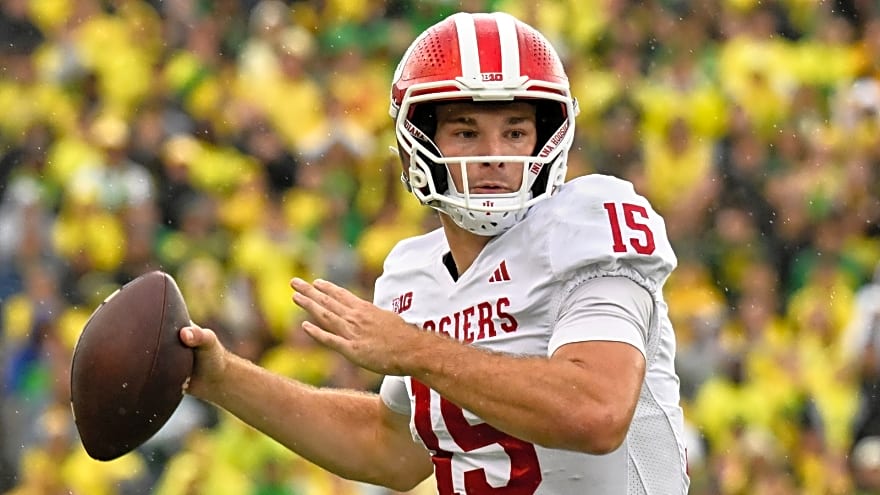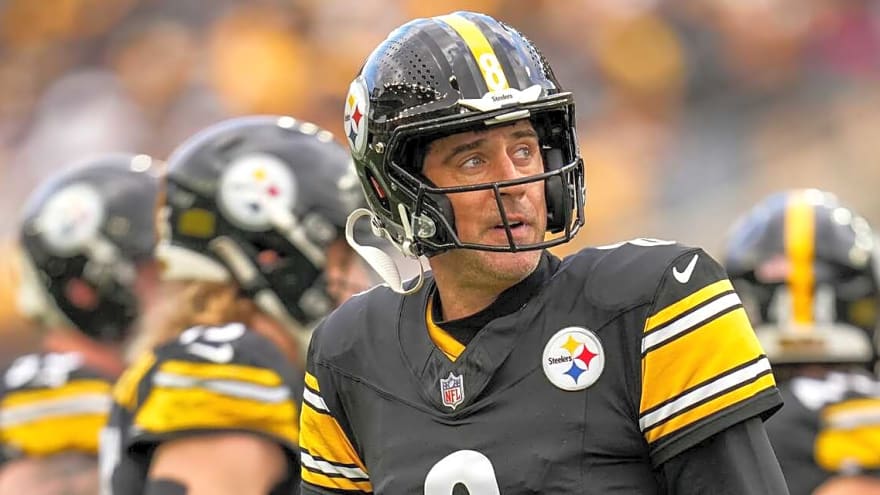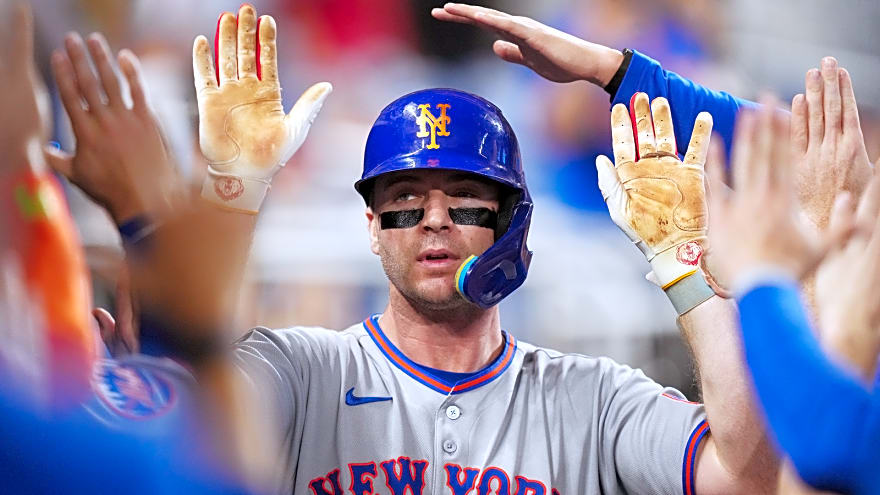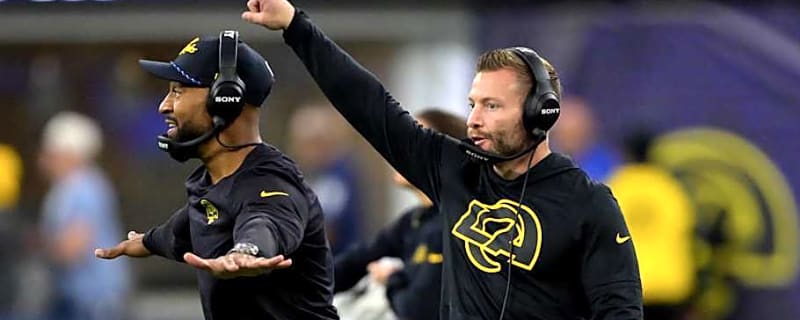As another entry in my previous articles on “hidden gems” for older consoles, and in recognition of the upcoming Nintendo Switch 2 in June, I thought it’d be fun to take a look at lesser-known titles for one of the company’s previous systems: the Wii. Initially released in late 2006, the console, despite being underpowered compared to the PS3 and Xbox 360, was a monumental success with a vast library of eclectic (but sometimes overlooked) games.
10. Monster Lab (2008)
Even though it wasn’t the most graphically or mechanically innovative release for the Wii, 2008’s Monster Lab was still an interestingly quirky monster-raising game that was prominently likened to “Pokémon meets Tim Burton.” And while also having ports on the PlayStation 2 and Nintendo DS, the version of Monster Lab designed for the Wii gained the most attention upon its release, with that specific iteration of the title providing special online modes courtesy of the console’s Wi-Fi service (as supplemented by motion control-focused minigames that were also present in the DS version).
9. Baroque (2008)
Developed as a remake of an extremely bizarre “rouge-like” RPG only released in Japan for the Sega Saturn in 1998, the 2008 Wii (and also PS2) title Baroque was a fascinatingly alluring little gem that is very worth your time if you can maintain patience with its highly unorthodox and idiosyncratic design (as well as its incredibly vague and fragmented narrative). As I discussed before, players are tasked with descending and battling hordes of monsters in a massive underground facility called the “Neuro Tower,” with progression actually being tied to the main character dying and respawning.
8. Silent Hill: Shattered Memories (2009)

Similarly developed as a very loose “reimagining” of the original PS1 game from 10 years prior, 2009’s SH: Shattered Memories tasks Wii players with guiding (a version of) Harry Mason through “chase sequences” from strange monsters he’s completely defenseless against. The release (which gained PS2 and PSP ports in 2010) also features a then-impressive “psychological profile” system that notably changes and “remixes” multiple visual, contextual, and other story-focused elements.
7. Cursed Mountain (2009)
Again, while survival horror/action-adventure “hybrid” Cursed Mountain isn’t the most innovative (or challenging) game for the Wii, its central setting in the Himalayas (backed by a narrative focus on Tibetan Buddhist folklore) serves to give it a unique identity among other, similar titles. Of particular note is the game’s utilization of a “third eye” mechanic allowing players to see and attack aggressive ghosts to weaken them, subsequently using motion controls to perform QTE-like “banishing” rituals.
6. Tatsunoko vs. Capcom: Ultimate All-Stars (2010)
Serving as an updated Wii console release for the Japan-only Tatsunoko vs. Capcom: Cross Generation of Heroes arcade fighter (featuring both obscure and well-known Tatsunoko and Capcom characters), Ultimate All-Stars included additional minigames, new story mode expansions, and online play support for its Western localization. The release, as presented in a highly stylized 2.5D/3D graphical format, was generally well-received despite some notable criticisms regarding gameplay and online functionality, with many clamoring for a future re-release on modern consoles.
5. The House of the Dead: Overkill (2009)
Purposely designed and formatted to evoke the style and charm of sleazy “grindhouse” exploitation movies (with a particular and obvious focus on Robert Rodriguez’s Planet Terror), 2009’s THotD: Overkill is a fantastically gory, exceedingly profane, and completely wild exercise in poor taste that greatly sets itself apart from the Wii’s generally “family-friendly” image. Overkill became an instant cult classic upon its release (earning multiple accolades for its twisted and irreverent humor), with the game also receiving an “extended” HD port for PS3 (as well as its own Typing of the Dead entry).
4. Resident Evil: The Darkside Chronicles (2009)

Developed as a sequel to The Umbrella Chronicles from 2007, the “on-rails” light-gun shooter title The Darkside Chronicles took a similar – but markedly improved – approach from its predecessor by providing condensed retellings of the original RE2 and RE: Code -Veronica- (as interspersed with a brand-new side-story setting up Krauser’s actions in the original RE4). Instead of trying to cram in adaptations of three games like the previous entry, the decision to only include two in Darkside Chronicles allowed for more “breathing room” (as supplemented by the aforementioned side-story).
3. Pandora’s Tower (2013)
Originally released in 2011 for the Japanese market (followed in 2012 for the Australian and European markets), action-focused RPG Pandora’s Tower finally came to North America in 2013 via the “Operational Rainfall” fan campaign. Taking place in a surprisingly dark and gloomy fantasy setting, Tower tasks players with battling enemies and solving puzzles within a massive fortress to help slow down (and potentially cure) a young woman’s transformation into a flesh-eating monster.
2. Nights: Journey of Dreams (2007)
While Wii title Nights: Journey of Dreams was met with justifiable criticisms regarding its haphazard motion control-based gameplay (and equally messy camera system), the extremely late sequel arguably still had a considerable amount of the original 1996 game‘s fairly charming and well-crafted story, characters, and overarching audio-visual design. Also noteworthy was that Journey of Dreams was simply the then-only available option for most people to play and enjoy Nights outside of Japan until the 2012 digital HD port of the 1996 game (which, tragically, is no longer available).
1. MadWorld (2009)

Featuring a mixture of various elements pulled from The Running Man, Rollerball, Mad Max, and Fist of the North Star, the 2009 Wii title MadWorld is an insanely violent (albeit, cartoonishly so) beat-’em-up/hack-and-slash game with a stark black-and-white visual presentation evocative of the Sin City comics (including the frequent use of red for blood). And even though some might be turned off by MadWorld‘s excessive – and flippantly unhinged – focus on over-the-top violence, there’s still a wonderfully dark satirical edge to the game that brings to mind subversive classics such as RoboCop.
More must-reads:
- Florida Panthers center Eetu Luostarinen suffers freak injury in 'barbecue accident'
- Mavericks' Mark Cuban sends strong message on Anthony Davis, but he should change his tune
- The 'NFL single-game completions leaders' quiz
Breaking News
Trending News
Customize Your Newsletter
 +
+
Get the latest news and rumors, customized to your favorite sports and teams. Emailed daily. Always free!
TODAY'S BEST
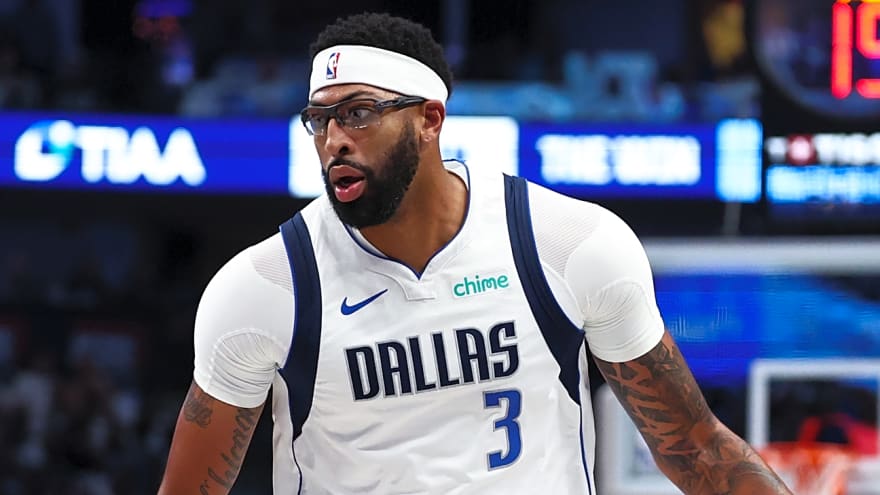
Mavericks' Mark Cuban sends strong message on Anthony Davis, but he should change his tune
The Dallas Mavericks still believe they can make it work with forward Anthony Davis. Entering Wednesday, the Mavericks (4-11) were 13th in the Western Conference and had lost eight of their past 10 games. Amid the slow start, a report surfaced that the team would explore trading Davis. However, minority owner Mark Cuban shut down that rumor. Mark Cuban says the Mavericks aren't trading Anthony Davis "We won't. We want to try to win," Cuban said Wednesday in an email when asked if the Mavericks would trade Davis, via The Athletic's Joe Vardon. A healthy Davis would help Dallas win more games. In 14 seasons, the No. 1 pick of the 2012 NBA Draft has made 10 All-Star Games and won a championship. In five games this season, the 32-year-old veteran has averaged 20.8 PPG on an above-average 52% shooting from the field and recorded 10.2 rebounds per game and 1.2 blocks per game. The problem, though, is that Davis is injury-prone. He has played in 75 regular-season games or more three times in his career. Since acquiring him in a blockbuster trade with the Los Angeles Lakers last season, the oft-injured Davis has played in just 14 games for the Mavericks. He hasn't played since Oct. 29 because of a left calf strain, which will be re-evaluated in seven to 10 days, per the team. Even when he has been playing, the Mavericks have still stunk. Dallas has a 2-3 record with Davis in the lineup. Davis was supposed to form a tandem with star guard Kyrie Irving that would keep the Mavericks in championship contention. That vision may not become a reality. Irving is still recovering from an ACL tear he suffered in March. While he's making progress, it's unclear if/when the 33-year-old star will return this season. Cuban sending the email is his way of reestablishing his authority within the organization. He's acting as an "adviser" to majority owner Patrick Dumont, who fired general manager Nico Harrison on Nov. 11. The unpopular former GM, of course, sent star guard Luka Doncic to the Lakers for Davis. Cuban helped the Mavericks make 18 playoff appearances and win one title before selling his majority stake in 2023. So, he certainly feels responsible for Dallas' lackluster product on the court. But the responsible thing would be admitting it may be time to trade Davis. The Mavericks aren't winning a title even if he stays healthy, which seems unlikely. And it would be wise to stockpile draft capital to build around rookie forward Cooper Flagg, the No. 1 pick of the 2025 draft.

Michael Penix Jr.'s partially torn ACL complicates Falcons' future
The Atlanta Falcons' once bright future has turned sour. On Wednesday, reports confirmed that second-year quarterback Michael Penix Jr. suffered a partially torn ACL, requiring surgery that will have him out until mid-August 2026. Without a training camp or full preseason, Penix's status for the start of the 2026 season is in doubt. Michael Penix Jr.'s injury update complicates Falcons' future When controversially selecting Penix at No. 8 overall in the 2024 NFL Draft, one month after signing Kirk Cousins to a contract worth $180 million ($100M guaranteed), Falcons general manager Terry Fontenot reasoned that it would provide stability once Cousins eventually moved on after years spent trying to find former longtime starter Matt Ryan's replacement. Instead, Atlanta is still without a legitimate franchise quarterback. And absent what's trending toward becoming a top-10 first-round pick after a misguided 2025 draft-day trade with the Los Angeles Rams, the Falcons won't have many good options to improve at the position this offseason. Penix's injury could put the team in a difficult spot next offseason, when Atlanta must decide whether to pick up his 2028 fifth-year option. The 2023 Heisman finalist may only qualify for the basic amount, which is projected to be $22.933M for the 2023 first-round quarterback class. That number would rise for the 2024 class, and that's a considerable amount for a player who hasn't proved to be worth that much. (h/t Over the Cap) In 12 career starts, Penix is 224-of-376 (59.6 percent) for 2,719 yards, 12 touchdowns and six interceptions. Penix will need to show a lot next year, coming off reconstructive knee surgery, to solidify himself as part of Atlanta's future plans. That doesn't bode well for him or the Falcons, who have several outstanding contract situations to resolve. Tight end Kyle Pitts, the No. 4 overall pick of the 2021 NFL Draft, is on an expiring deal. He's been a huge disappointment, but the Falcons don't have a viable replacement behind him. Wideout Drake London is set to play on his fifth-year rookie option next season and would be a holdout candidate if he's unable to work out a long-term deal. Two-time second-team All-Pro safety Jessie Bates III is also set to play on an expiring deal and should request an extension before taking the field next year. Owner Arthur Blank must determine how much money is worth putting into a team that might be a season or two away from contending, possibly leading to difficult conversations. Players like London, Bates and running back Bijan Robinson, who will be in his fourth NFL season in 2026, would command massive returns on the trade market. As talented as the three are, they're being wasted in Atlanta, which has nothing to show for their contributions. With Penix set for a long recovery timeline, things are unlikely to improve much next season, setting the trio up for another year compiling meaningless stats. The Falcons will eventually have to make decisions on all of their young stars, including Penix. His season-ending injury gives them fewer data points to make an informed call while also stalling his development. A season that began with hope has slowly morphed into another nightmare for Atlanta. It could be a while before the Falcons wake.

One coach makes sense for LSU if Lane Kiffin doesn't flip to Tigers
The LSU Tigers are serious about their pursuit of current Ole Miss head coach Lane Kiffin. It makes sense, too. Sure, Kiffin has had some ups and downs (to put it lightly) as a college football coach, but he's been great at Ole Miss since 2020, and he currently has the Rebels at 10-1 and in the running to make a huge run through the College Football Playoff. He's comfortable with SEC football, and he's known as a great recruiter. Those are all things that would make Kiffin a big-time hire for the Tigers as they look to replace Brian Kelly, but they're not the only program in the running. Ole Miss would, obviously, like Kiffin to stay, and the Florida Gators are turning on the full-court press for him as well. LSU would be smart to have options 1A and 1B if Kiffin doesn't end up coming to Baton Rouge, and according to Scott Rabalais of NOLA.com, the Tigers do have two names in mind. "If not Kiffin — and obviously he could go any number of ways — then who for LSU? Two of the names to consider right now appear to be Missouri coach Eli Drinkwitz and Tulane coach Jon Sumrall," Rabalais reported earlier in the week. Tulane head coach Jon Sumrall could be a perfect fit for LSU Tigers Eli Drinkwitz of Missouri would be a great option. He's gone 44-27 in six seasons with the Tigers from Columbia, Missouri. The issue with him is somewhat similar to what plagued Kelly at LSU, though, and it's something that led to Penn State firing James Franklin — now the head coach at Virginia Tech. Drinkwitz has kept Mizzou very competitive in the SEC, but he has struggled in big spots. He is 7-14 against ranked teams. LSU could get that kind of production, or lack thereof, from Kelly, which then makes Jon Sumrall from Tulane the next option to look at. Frankly, he may be the best one of the bunch for LSU, and even better of a fit than Kiffin. One of the big problems with Kelly at LSU is that he never fit into the Louisiana culture. A Massachusetts native, he was always seen as an outsider and never tried to change that. Sumrall wasn't born in Louisiana, but he does hail from Texarkana, Texas, which is roughly five hours north of Baton Rouge. He was a linebacker at Kentucky from 2002 to 2004, so he understands SEC football, but most importantly for LSU, he understands life in Louisiana as the head coach at Tulane. He's now in his second season with the Green Wave, but he was also the co-defensive coordinator at Tulane from 2012 to 2014, so he has a lot of experience working and recruiting within the state. Throw in the fact that he's only 43 years old (thus, he really has no baggage as a head coach), and he has No. 24 Tulane in the hunt in the American Athletic Conference as well as in the hunt for a spot in the CFP, and there are few scenarios in which Sumrall wouldn't be a home run hire for LSU. Again, he may even be a better option than Kiffin, though it does sound like LSU wants to bark up that tree first before looking elsewhere.
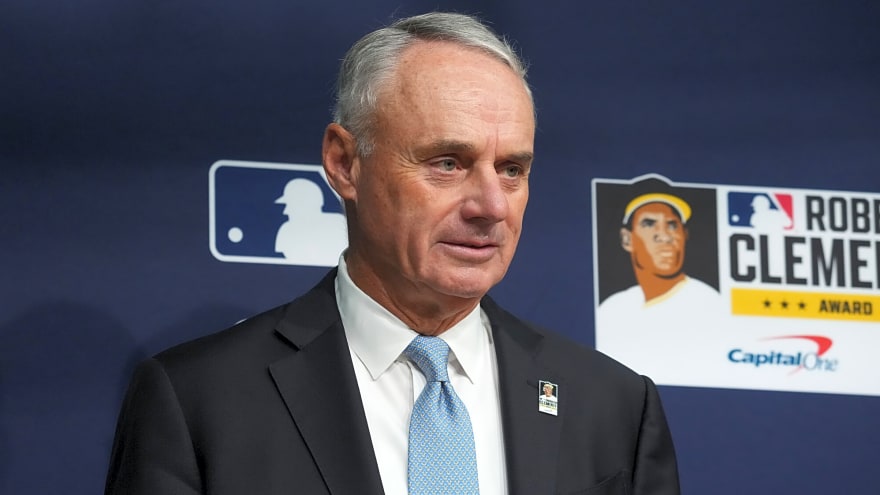
MLB’s new media deal may end up being a bad deal for consumers
Major League Baseball will have a new television deal heading into 2026, with NBC/Peacock getting the best portion of the pie. The network, which already hosts "Sunday Night Football," will now also host "Sunday Night Baseball" after spending 36 years on ESPN, according to The Athletic’s Andrew Marchand. NBC/Peacock will also play host to the first round of the playoffs. Marchand adds that the streaming platform Netflix will get the rights to broadcast the Home Run Derby, the Field of Dreams game and the standalone Opening Day game featured in prime time. NBC/Peacock is paying nearly $200 million per year (total of $600 million) for its broadcasting rights, while Netflix is paying $50 million (total of $150 million) for its portion. ESPN, meanwhile, was allowed to broadcast all out-of-market games for all 30 major league clubs, while also getting the right to broadcast in-market games for six teams. ESPN had opted out of its remaining three years of its deal with Major League Baseball back in March. How does MLB's new media deal affect baseball viewing moving forward? This new deal for Major League Baseball isn’t necessarily the best for consumers. Bringing three of the four major pro sports in the United States (baseball, football and basketball) under one umbrella (NBC/Peacock), Major League Baseball will now reach 42 million more people with this maneuver than it originally did. Peacock recently reached that many new subscribers this past October. However, with the U.S. population at 340.1 million people, that number is deceiving. Sports viewers don’t usually stream, with 17 percent of Americans not having streaming services, according to a Pew Research Center poll. There was a recent scandal between ESPN and YouTube TV, in which they were at odds over their deal, cutting off "Monday Night Football," college football and other sports like Formula 1 from 10 million viewers. After a two-week standoff, both sides finally agreed on a deal. NBC/Peacock had its own standoff with the streaming platform heading into October. However, both sides agreed at the final hour. The costs of streaming have gone up over the years, when the point was to be cheaper than cable. With Netflix costing $25 a month (premium), Peacock costing $14 a month ($140 a year) and the ESPN app costing $30 a month ($300 per year), fans' frustrations may continue to mount as the cost to watch sports rises.
